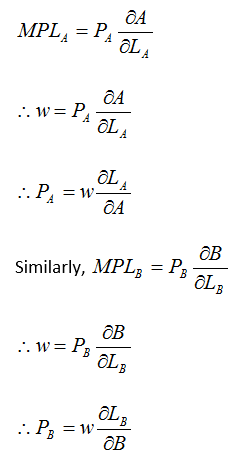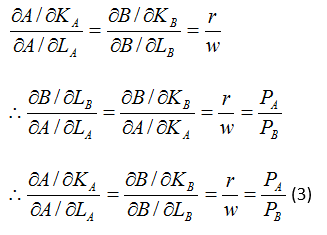“If you’re not paying for it, you are the product,” goes the Silicon Valley saying. While consumers have been enjoying the free products offered by tech firms, Europeans are leading the world in regulating the anticompetitive behaviour of tech companies. The competition commissioner for the European Union, Margrethe Vestager, has established herself as the de-facto worldwide tech regulator.
In June 2017, for example, she fined Google €2.42 billion for abusing its market power by redirecting traffic from rival comparison shopping services to its own service, Froogle (which has since been renamed Google Product Search). The press release by the European Commission notes that Froogle entered the market in 2004, but struggled until Google demoted its competitors to the fourth page of search results. Froogle’s competitors consequently received less than one percent of traffic. A key piece of the commission’s argument was that Google’s anticompetitive behaviour harmed consumers. “[Google] denied European consumers a genuine choice of services and the full benefits of innovation,” says Vestager.
Other cases of anticompetitive behaviour by tech firms are harder to prove, largely because consumer harm is difficult to establish. According to standard economic theory, monopolies will maximise profit by increasing prices, thereby harming consumers. Thus, regulation is only necessary in the presence of high prices. However, some of today’s tech monopolies, such as Google and Facebook, provide free services, and others, such as Amazon, are operating at wafer-thin profits, suggesting predatory pricing.
A monopoly engages in predatory pricing when it prices its products below sustainable levels to drive out competitors, and then raises them back. For instance, Lina Khan, author of the widely acclaimed paper, “Amazon’s Antitrust Paradox,” outlines the story of Quidsi, an e-commerce platform specialising in baby products. After cutting its own baby-product prices by up to 30%, Amazon drove Quidsi to losses, acquired it and eventually scaled back the discounts.
Unlike those of traditional industries, the business models of tech companies are often predicated on predatory pricing. Tech companies aim to acquire scale rapidly by forsaking profitability, and investors are willing to finance them only if they can build scale. These unique features of tech companies make it difficult to rely on pricing as the main signal to detect harm to consumers. After all, when the price is zero, how can consumers be harmed? Yet, prices alone do not reflect the harm to consumers caused by less choice and innovation.
Another common tactic employed by tech companies is vertical integration, which is the acquisition of one firm in a certain stage of production by another firm in a different stage of production. By itself, it does not necessitate higher prices for consumers, but it does stifle competition. For example, Khan speculates that Amazon might purchase UPS and FedEx such that independent producers of competitive products have no choice but to deliver its products using Amazon. Resultantly, the e-commerce giant can establish itself as a monopoly, not raising prices, but gathering data about its competitors to price its own products more appealingly. Once again, consumers will be harmed by less innovation in the market.
The regulatory focus on proving harm to consumers through prices was established in the 1970s and has since become ineffective in promoting competition in tech markets. The repercussions of sclerotic competition are far-reaching as start-ups will be discouraged from entering the market, especially in America, where the focus is still on privacy and not on consumer harm. Regulators must scrutinize the actual harm caused by free products offered by these tech titans – after all, there is no such thing as a free lunch.






























 RSS Feed
RSS Feed
